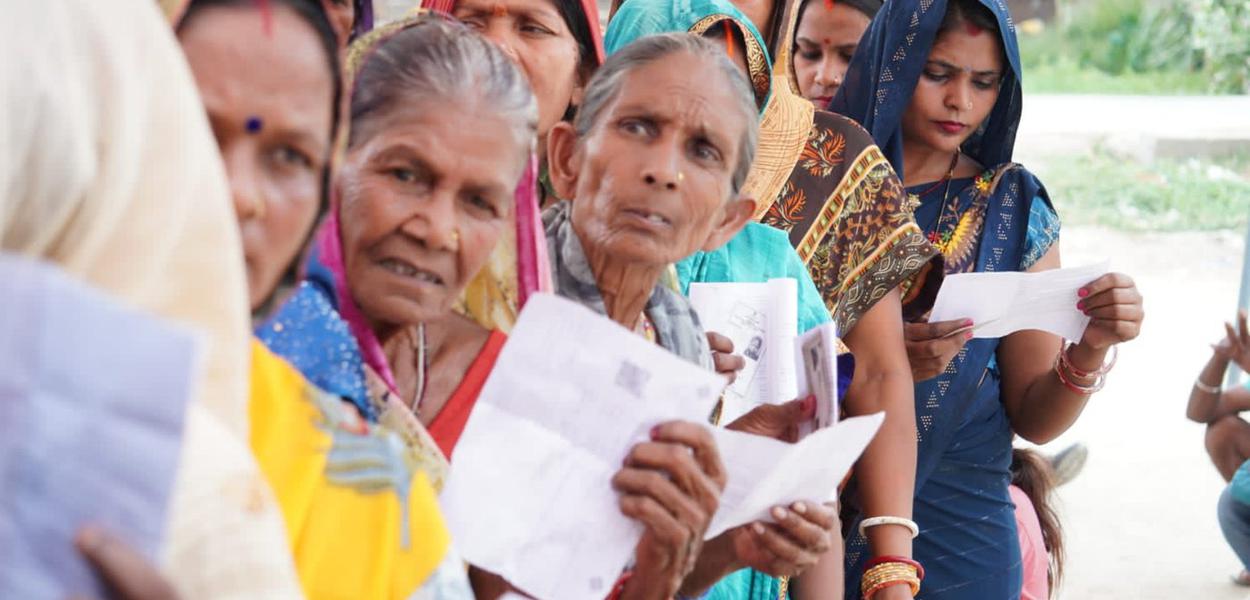Having recently overtaken its former colonial master to become the world's fifth-largest economy, India's star certainly appears to be rising. But if the country remains committed to the current government's development strategy, the economy could lose its momentum well before achieving escape velocity. There is a buzz in India today – a sense of limitless possibilities.
If it maintains its current growth rate of 6-7% per year, it will soon overtake stagnant Japan and Germany to take over third place. But by 2050, India’s workforce will start shrinking, owing to demographic aging. Growth will slow.

That means India has only a narrow window in which to grow rich before it grows old: with a per capita income of just $2,500, the economy must grow by 9% per year for the next quarter-century. That is an extremely difficult task, and the current election may well determine whether it remains possible at all. In pursuit of rapid growth, the Indian government intends to follow a tested road map: the same path that Japan took in the immediate postwar decades, and that China took after the death of Mao Zedong.
During the first stage of the journey, labour flows out of the traditional agriculture sector as employment increases in low-skilled manufacturing – typically stitching garments or assembling components into electronic goods. This output is then exported to the developed world to capture the benefits of producing at scale. Cheap labour helps compensate for a country’s oth.
















